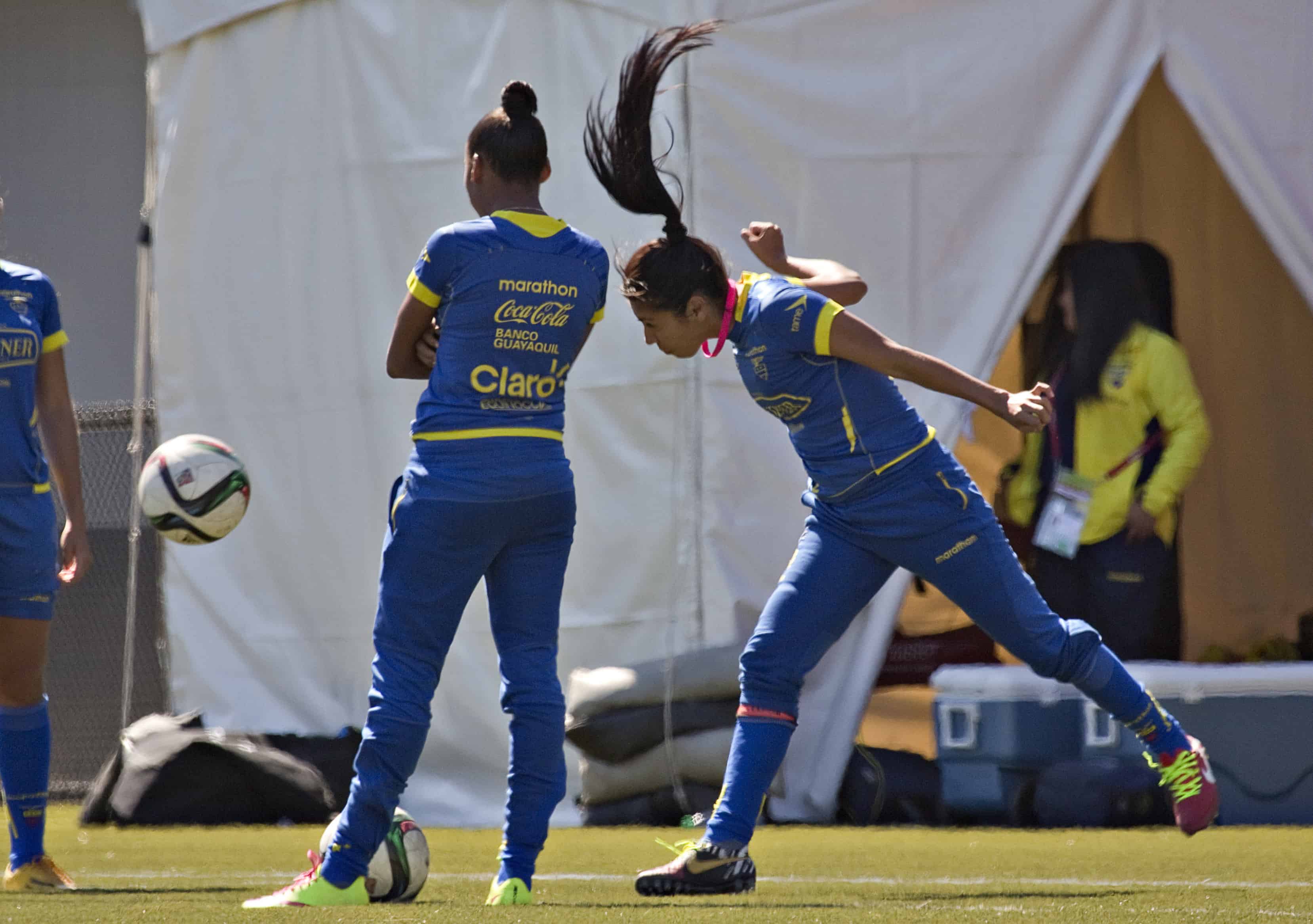WINNIPEG, Manitoba — FIFA’s decision to expand the Women’s World Cup by eight teams this year has led to inevitable lopsided scorelines.
Germany posted 10 goals against newcomer Ivory Coast — and could have scored 15. Ecuador, another debutante, conceded six to Cameroon, a first-timer that is among the lowest-rated teams in the tournament. Norway dispatched Thailand by four goals.
And these results came just 72 hours into the 12-day group stage, when traditional powers face programs taking first steps in major international competition. Additional blowouts are inevitable before the tournament moves into the knockout phases. Even in the round of 16, when group winners will face third-place finishers, there may be another rout or two.
FIFA, though, is hoping short-term pain will result in long-term gain for the women’s game. The number of World Cup slots has grown along with the number of countries fielding women’s teams and attempting to qualifying for the sport’s premier competition.
Ahead of the first World Cup in 1991, 45 teams sought the 11 available slots alongside host China. This year’s tournament attracted 128 countries chasing 23 places with Canada, and eight qualified for the first time.
The competition included 12 teams in 1991 and 1995, then 16 from 1999 to 2011. As the sport has evolved, “the value of women’s football around the world has become higher and higher,” FIFA executive Jerome Valcke said after the governing body decided six years ago to increase the finalists to 24 this summer.
The aim is to not only reward more teams with a place on the world stage, but provide incentive to countries that have underfunded women’s football. While qualifying for the Women’s World Cup does not carry the weight of reaching the men’s tournament, it does elevate the sport as a whole, even in countries where women’s football is barely recognized and accepted.
This week, the Spanish squad, which is competing in its first World Cup, was profiled by a sports publication that usually reserves all prime space for FC Barcelona, Real Madrid and the highly decorated men’s national team. The expanded field allowed Costa Rica to qualify for the first time, an accomplishment that stirred emotion and attention in a small Central American country that celebrated the men’s team reaching the World Cup quarterfinals last year.
Costa Rica’s “La Sele” tied Spain 1-1 on Tuesday night. (Read the highlights here.)

While only nine teams have ever advanced to the semifinals in the previous six Women’s World Cups, the number of competitive countries has increased.
“The teams in the top 10, that is the base of it. It’s not just the top three or four or five now,” U.S. midfielder Megan Rapinoe said. “I know there was a 10-0 game. You don’t want to see that at the top level, but overall, if you don’t expand the field, you don’t see teams like the Netherlands and Switzerland come into the tournament.”
In their first World Cup appearances, the Dutch defeated New Zealand, 1-0, while the Swiss fell to Japan, 1-0. Both are projected to advance to the knockout round.
With financial backing from its federation, Japan has made the most gains: three defeats and a 12-0 scoring margin in 1991 to world champions four years ago in Germany. France is on the rise as well, advancing to the semifinals in 2011 and earning contender status this summer.
Despite little support from its federation, the Brazilian women’s program has been a consistent World Cup contender featuring Marta, a five-time FIFA player of the year. Last month, the federation, in conjunction with FIFA, conducted a seminar to map out a strategic plan for the women’s game. The initiative included a $15 million pledge from profits gained by hosting the men’s World Cup last year.
“Brazil is crazy for football and has had some of the most talented individual female players with excellent technical ability,” said Cruz Blanco, FIFA’s senior women’s football development manager. “Brazil has a huge grassroots base potential. All the natural ingredients are here.”
Formiga, a five-time World Cup player, added: “We know that it is just a first step, but it is a crucial one for the future of our sport.”
A World Cup appearance, though, does not necessarily lead to growth. Argentina advanced in 2003 and ’07, lost all six matches by a combined 33-2 and has not returned.
As Ivory Coast learned Sunday, growth comes at the expense of embarrassment.
“It’s our first participation in the World Cup, and our girls discovered something today — a high level of competition, and it did have an effect on us a little bit,” Coach Clementine Toure said after the 10-0 defeat to the top-ranked Germans in Ottawa. “We must forget the score, forget the negative points and learn from this. Playing the best team in the world is also the best way to learn for us.”
While the scoreline left a scar on the tournament — and Germany’s mismatch with Thailand next Monday promises to deepen the wound — one-sided results are not exclusive to the women’s game.
As Rapinoe noted, “You saw 7-1 in the men’s World Cup” last year when Germany trounced Brazil.
And, she added with a grin, “that was a semifinal. So it happens.”
© 2015, The Washington Post






